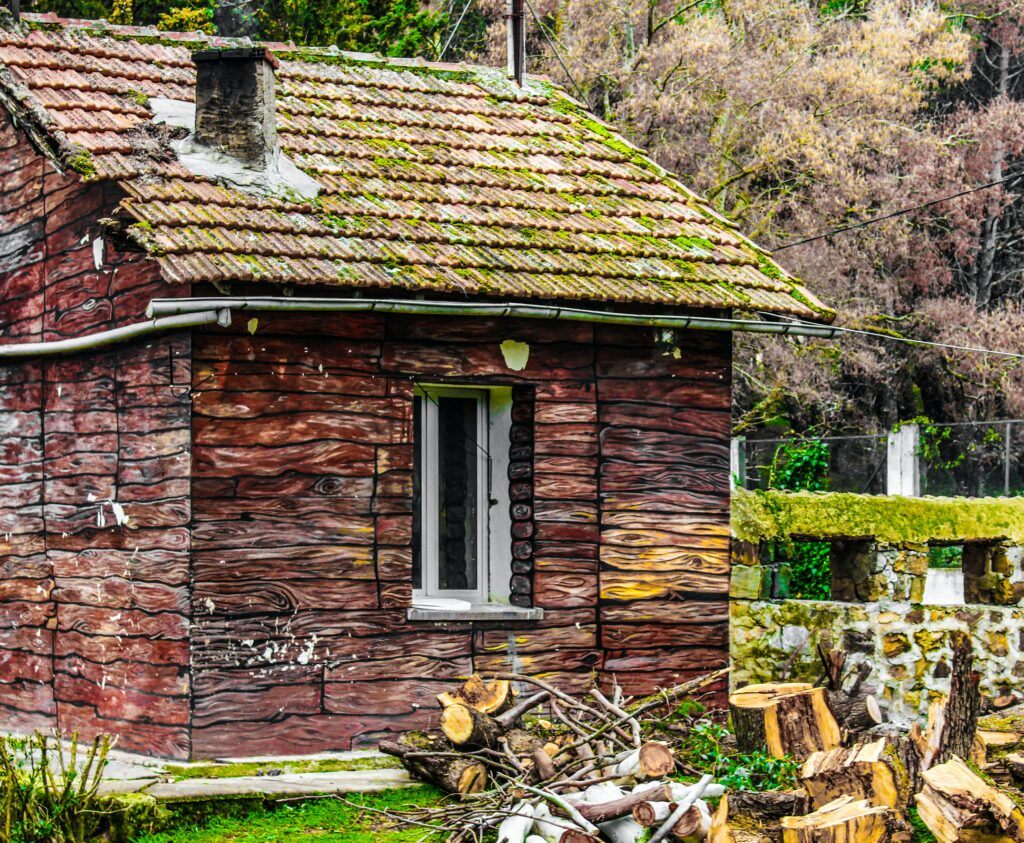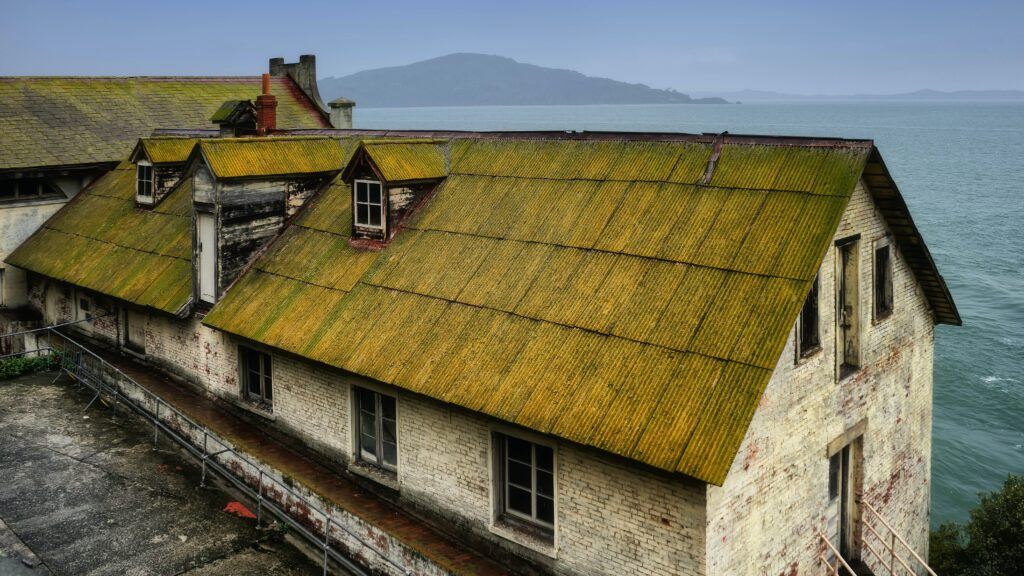What Is a Green Roof?
To grow plants on a building’s roof, one must install a green roof system. All have a few qualities in common, such as waterproofing and root-repellant, that ensure the structure is secure and undamaged.
When installing a roof, the plants may be modular or have drainage layers depending on the sort of roof you have.
Green Roofs with different kinds of greenery:
Generally speaking, green roofs can be split into two types:
- Intensive
- Extensive
There is a lot of effort involved in maintaining intensive as the term implies. Plants of various kinds are kept separate and maintained in a garden.
The intense style gives individual homeowners the option to select and choose which flowers they want to shown. And allowing you to create the look you want.
Large green roofs are only meant to be accessed once a year for routine maintenance. Consequently, they develop more organically overgrown as compared to their intensive competitors.

There are no restrictions on extensive allowing them to take care of themselves. In the wild, they would only need to be weeded and fertilized once in a year.
When it comes to planting density, extensive roofs can support up to 25 pounds of plants per square feet , whereas intense may support 150 pounds per square feet.
These are categorized by the amount of flora that is used in their construction. This complicates access to large green roof tops, preventing people from walking across the area and taking in the scenery.
Both are include a layering system that uses various soils, matting, and other materials to create a base for the planters. To keep the nutrients in a while, remove any waste items that may be accumulated. One thing that sets these styles apart is the amount of time and effort it takes to maintain them.
It’s possible to simulate a soil profile by using multiple layers. Plants can be fed and watered at the same time by building an efficient drainage system.
There are certain drawbacks about using the roofs. Since there is always the possibility of drought or unpredictable storms, insurance is quite vital.
While installing roofing might save you money and help the environment, in the process it is time-consuming and can result in additional expenses you weren’t expecting. It’ll be expensive to fix any harm the plants inflict because their roots could grow into the roof shingles.

Liability issues could arise if the weight of the roof causes it to sag.
There are numerous advantages in using roofs. They can be pursued for several reasons, both for the community’s benefit and the benefit of the home.
The following are the community benefits:
You can build garden and leisure areas on top of green roofs for the benefit of the community. There is less need to manage storm water and less load on local sewer systems when a roof is installed.
As well as trapping various pollutants, the plants prevent smog and dust from spreading. These are expensive to create and install because of the time and money. Using them in a neighborhood may lead to an increase in revenue and employment and Businesses in the area.
The usage of roofs in urban areas helps reduce the amount of heat absorbed by buildings. Most surfaces that would emit the heat would be covered.

